Jangsaengpo Whale Watching Cruise (장생포 고래바다여행선)
5.7Km 2024-03-06
244 Jangsaengpogorae-ro, Nam-gu, Ulsan
+82-52-226-1900
Jangsaengpo Whale Watching Cruise is a whale tour boat operating from Jangsaengpo, Ulsan, once Korea's largest whaling port. The vessel features cabins, a performance stage, a convenience store, and a restaurant. There are courses available for whale exploration and coastal tours. Passengers can observe whales swimming along the coast of Jangsaengpo or visit attractions such as the Ulsandaegyo Bridge and the Ulsan Petrochemical Complex along the coast. Valid identification is required for boarding.
Jangsaengpo Whale Museum (장생포 고래박물관)
5.7Km 2021-03-23
244, Jangsaengpogorae-ro, Nam-gu, Ulsan
+82-52-256-6301
The Jangsaengpo Whale Museum opened on May 31, 2005 is the first and only whale museum in Korea and stands on what used to be a central area for the Korean whaling industry. After whaling was banned in 1986, 250 artifacts from whalers and the whaling industry were collected and put on display. Visitors can enjoy experience zones such as the Whale Belly Road or the Underwater Adventure Zone. Exhibitions include things like a Bryde's whale skeleton, a killer whale skeleton, a gray whale corner, and whaling ships.
Wonjojip (원조집)
5.9Km 2023-12-22
20 Namsan-ro, Nam-gu, Ulsan
Wonjojip is a long-established gopchang (grilled beef or pork small intestines) restaurant in Ulsan. Their menu consists of assorted gopchang gui (grilled beef small intestines) and gopchang jeongol (small intestine hot pot). Wonjojip takes great pride in their gopchang dishes. Gopchang is beef or pork intestines that is usually stir-fried or pan-fried. It’s the same ingredient used for making sausages in European countries, but it’s a challenging food to some due to the distinct smell, taste, and appearance. Nevertheless, it is a popular food among Koreans and known as a stamina-booster for those who struggle with fatigue. Visitors who are not a fan of spicy foods are recommended to try the assorted gopchang gui, and those who like spicy stew are recommended to try gopchang jeongol. The restaurant also offers jeongol gopchang bokkeumbap, which is an after-meal fried rice for those who want more after their meal.
Migration Site of Gray Whales of Ulsan (울산 귀신고래 회유해면)
6.0Km 2025-01-10
Jangsaengpo-dong, Nam-gu, Ulsan
+82-52-277-0101
The Migration Site of Gray Whales of Ulsan is a famous site for watching large gray whales, which usually appear in winter season. The area was officially designated as a National Natural Monument to protect the endangered species.
Ulsan Munsu Football Stadium (문수축구경기장)
6.9Km 2021-05-26
44, Munsu-ro, Nam-gu, Ulsan
+82-52-220-2002
Ulsan Munsu Football Stadium’s exterior design looks like a crane, which represents the bird of Ulsan. The design of the roof and the pillars represents the youth and dynamics of the city. Other representative symbols include a whale and big crown of the Silla dynasty.
GS25 - Ulsan Shinbok Branch [Tax Refund Shop] (GS25울산신복점)
7.0Km 2024-06-26
12, Sinbok-ro 21beon-gil, Nam-gu, Ulsan
-
Birth Home of Park Sang-jin (박상진의사 생가)
7.2Km 2024-02-20
10 Baksangjin 5-ro, Buk-gu, Ulsan
Birth Home of Park Sang-jin is the residence where Park Sang-jin (1884-1921), an independence activist during the Japanese colonial period, once resided. He devoted all his assets to the independence movement, which led to the decline of his family and the eventual loss of this house to others. However, the government later acquired it, restoring and preserving the property. Comprising six buildings, including sarangchae and anchae, the tiled-roof house represents a yangban's residence built in the 19th century in Korea.
Ulsandaegyo Observatory (울산대교 전망대)
7.5Km 2025-10-27
155-1 Bongsu-ro, Dong-gu, Ulsan
+82-52-209-3345
At the x_height of 63 meters on top of Hwajeongsan Mountain (alt. 203 meters), Ulsandaegyo Observatory offers a breathtaking view of Ulsandaegyo Bridge as well as the city's three major industry complexes and beautiful mountains. The view is amazing regardless of day or night, attracting returning visitors to the area. The observatory has a souvenir shop and a cafe, adding more to enjoy in addition to the city view.
◎ Travel information to meet Hallyu’s charm - TV series "Death's Game (2023)"
Ulsandaegyo Observatory is the best place to see Ulsandaegyo Bridge, the filming location of Yee-jae’s heart-pounding escape from the secret organization. It offers an expansive view of Ulsan and is especially popular at night.
Hyundai Heavy Industries Ulsan Factory (현대중공업 울산공장)
8.1Km 2025-03-15
1000, Bangeojinsunhwan-doro, Dong-gu, Ulsan
+82-52-202-2232~5
Hyundai Heavy Industries is one of the greatest shipbuilding companies in the world. With its growing technology, Hyundai Heavy Industries contributes in national economic growth and has become as one of world’s greatest complex corporations by advancing in numerous industries such as marine, plant, machine, electrical machinery and appliance, and construction equipment business. Visitors can get a tour around Hyundai Industries' power plant and shipbuilding complex; reservation in advance is required.
Ulsan Wild Flower Learning Center (울산 들꽃학습원)
8.1Km 2021-06-08
52, Dusan-ro, Ulju-gun, Ulsan
+82-52-211-9163
The Wild Flower Learning Center in Ulsan is a nature-friendly education facility, where students of all levels can learn about the beauty and importance of flowers. Here students can plant vegetation that they have learned about in textbooks, as well as the wild flowers that grow in the Ulsan area. The center also serves as a training center for teachers to learn about plants introduced in textbooks, and a place for Ulsan citizens to relax.
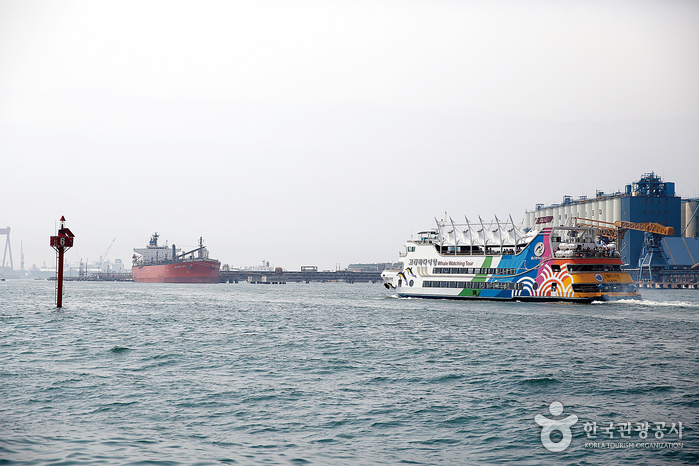
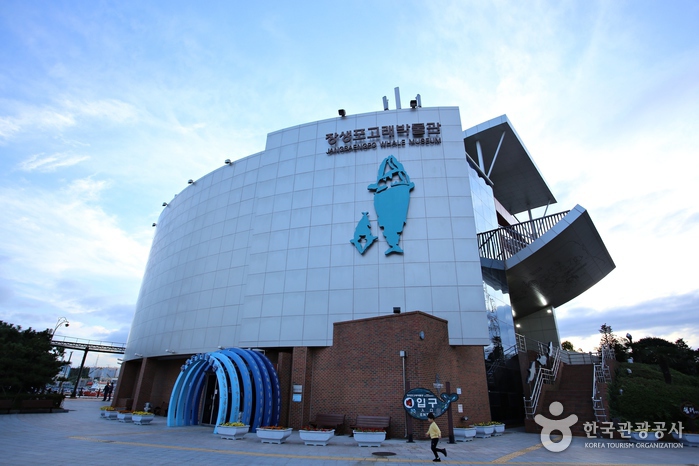
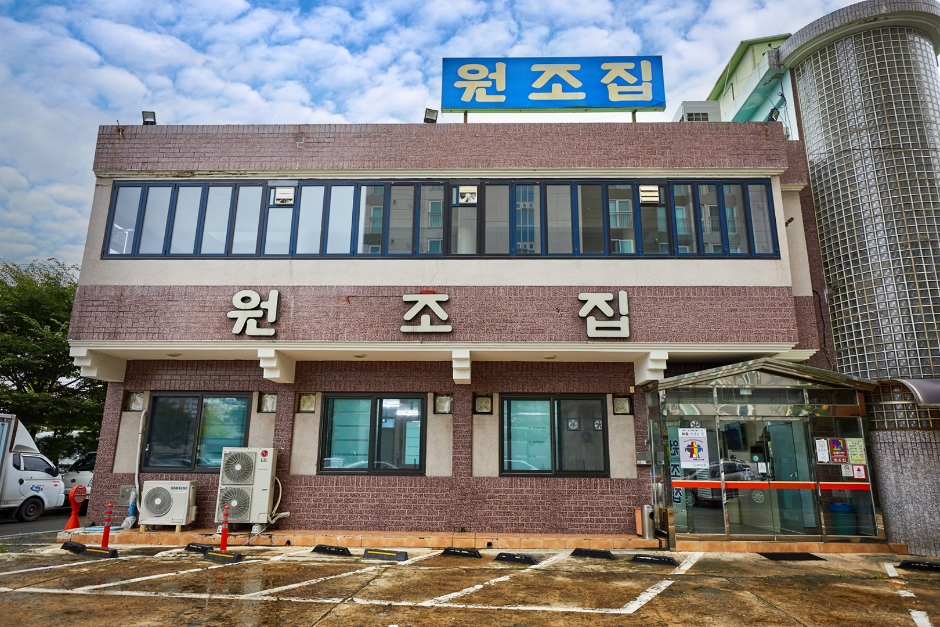
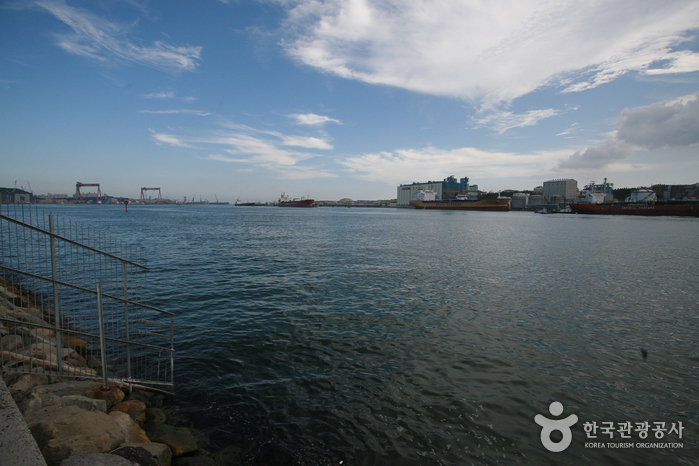
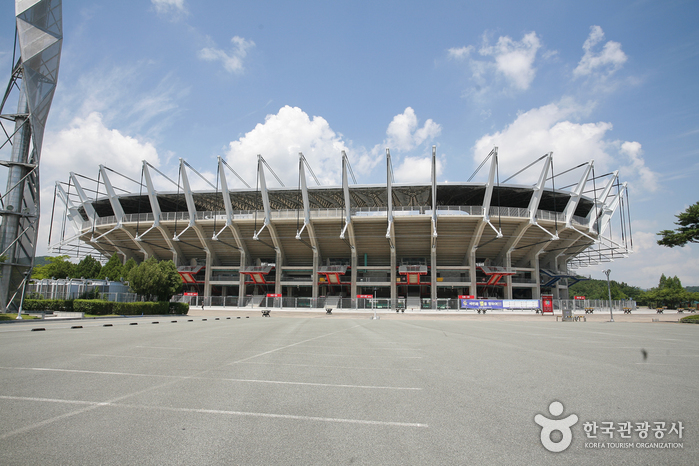

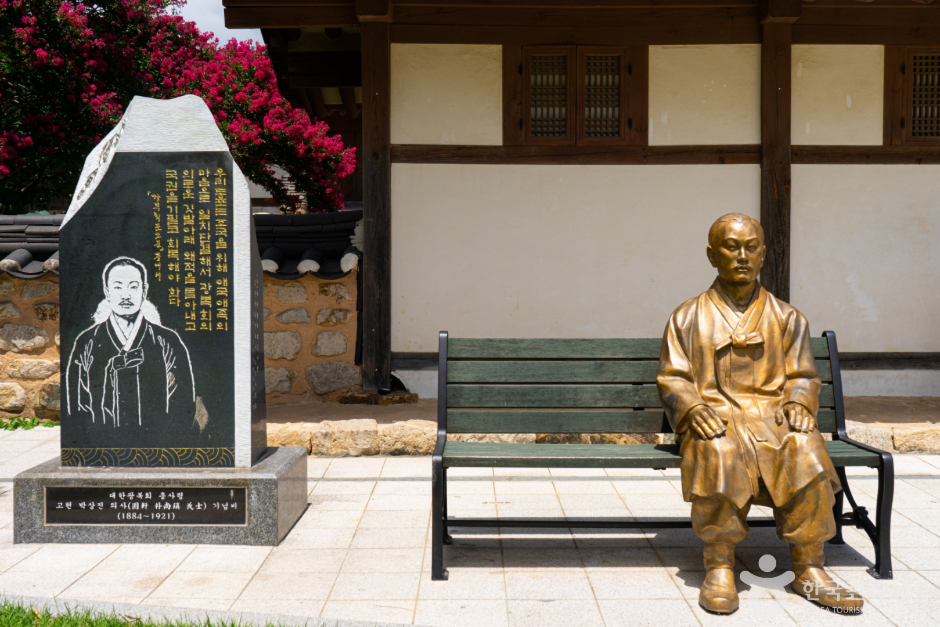
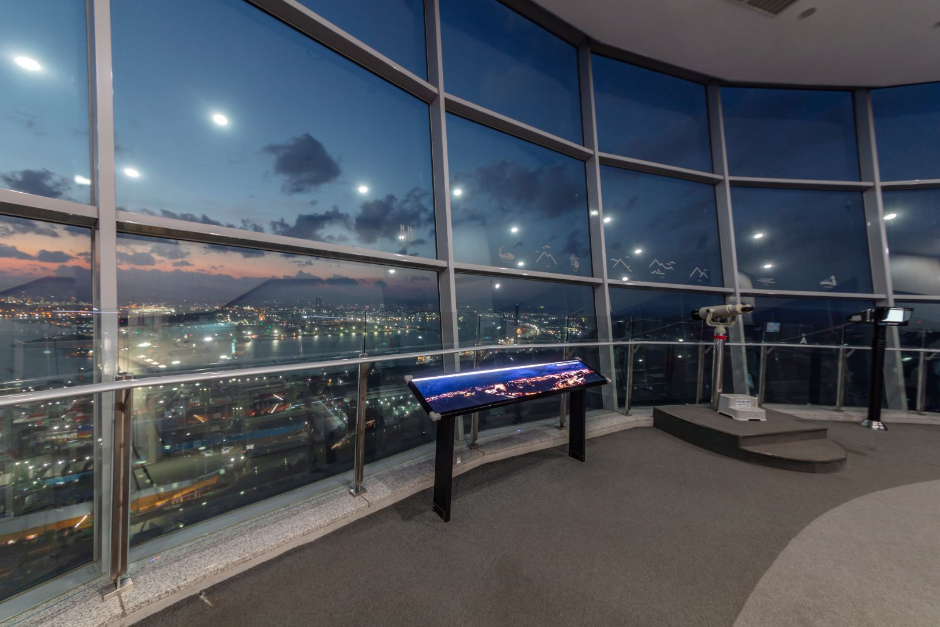
 English
English
 한국어
한국어 日本語
日本語 中文(简体)
中文(简体) Deutsch
Deutsch Français
Français Español
Español Русский
Русский